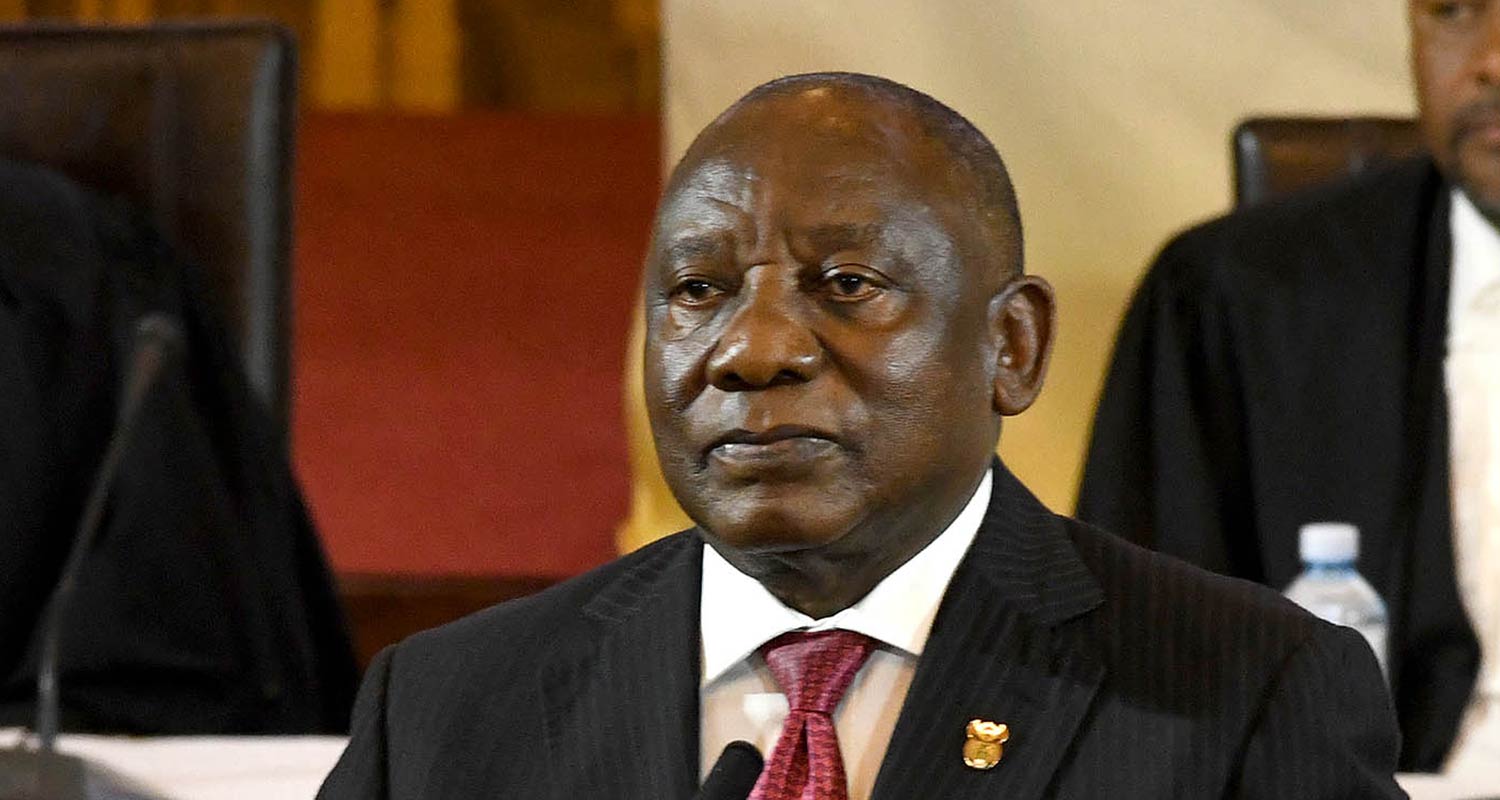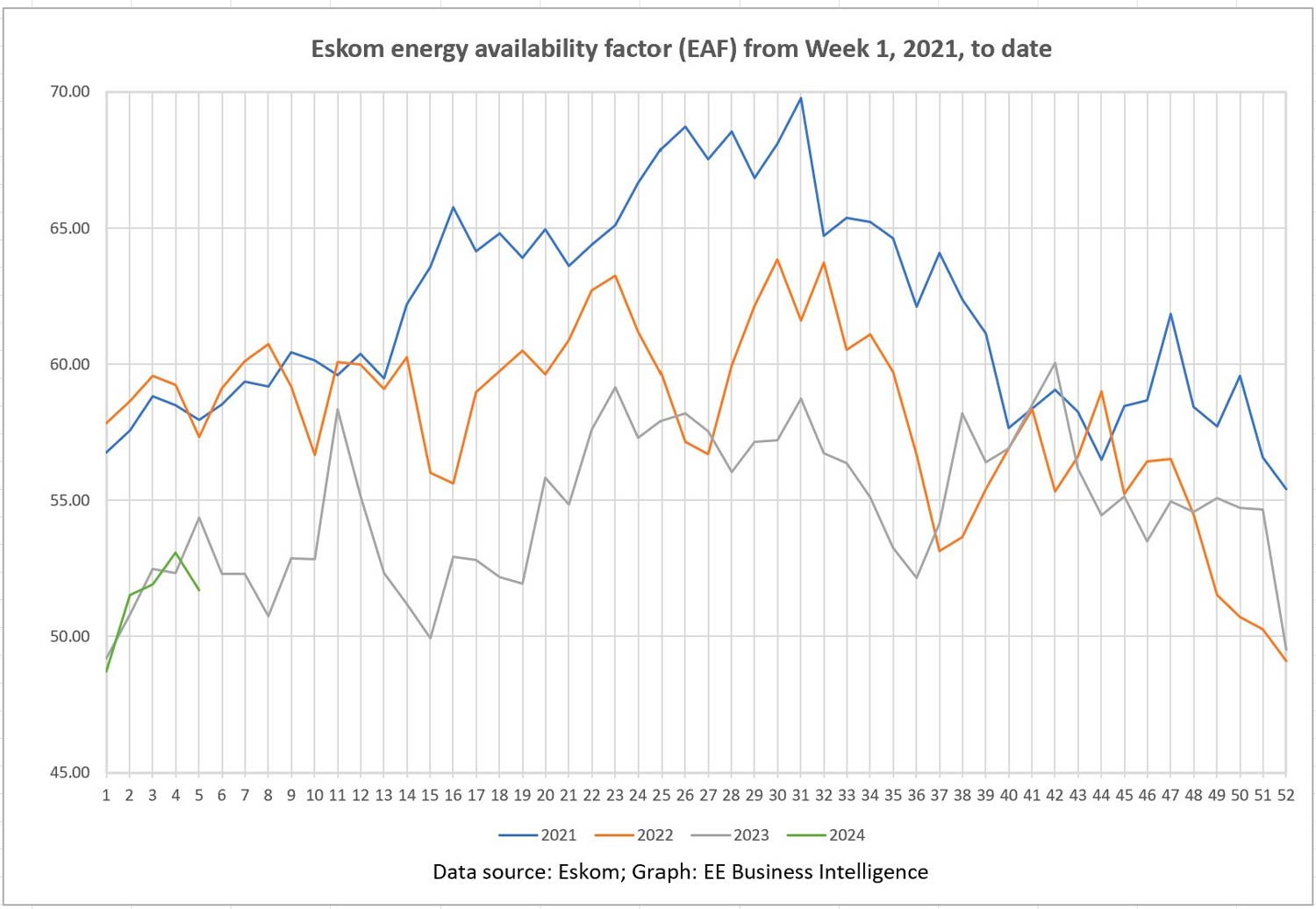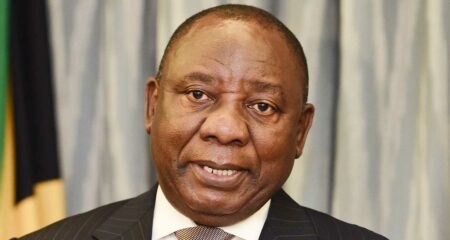
Energy experts have said President Cyril Ramaphosa’s promises to end load shedding and drive a green energy transition may sound promising, but the measures outlined in his state of the nation address lacked substance.
“Superficially, the president said some positive things. But many of the points he made were not new, and there was little detail or substance to the speech. Nothing was said about when and how these measures would be implemented,” said Nick Roche, chief product officer at alternative energy specialist Rubicon.
In his Sona speech, Ramaphosa said government had “delivered on commitments to bring substantial new power through private investment on the grid, which is already helping to reduce load shedding. South Africa would also build 14 000km of new transmission lines to allow more renewable energy projects to connect to the grid,” Roche said.
“To fast-track this process, we will enable private investment in transmission infrastructure through a variety of innovative investment models,” Ramaphosa said
Roche said the Sona speech was overly ambitious in practically announcing an end to load shedding: “We are currently in a power crisis and moved to stage-4 (and then stage-6) load shedding shortly after Sona,” he said. “At stage 4, we are around 4GW, or 20% short, of the power we need, so promises of an end to load shedding are simply wishful thinking.
“South Africa needs several gigawatts of additional power urgently. We must start transitioning to green power but at the same time, we must address the power shortage and get the baseload power infrastructure stable. Injecting green power into the grid at utility scale and at industrial and manufacturing facilities will help to kill two birds with one stone.
Achilles heel
“The transmission network has been the Achilles heel of the Independent Power Producer Procurement Programme – people win the bids and go to implement, and they can’t because the grid is congested.”
He said 14 000km of new transmission lines would help to address this challenge – but a concrete action plan is needed to ensure the lines are actually built.
“Some big, bold statements were made in Sona, but there was not enough meat behind what the president said to convince me there’s a concrete action plan in place. The government needs to push the throttle forward hard and move now to address the energy crisis.”
Read: Eskom in dire straits
Energy analyst Chris Yelland pointed out – see the graph below – that Eskom’s energy availability factor (EAF) in the first five weeks of the 2024 calendar year was no better than in the first five weeks of 2023.
He also noted that Kusile units 1, 2 and 3 were returned to service in November 2023, but that the first weeks of 2023 were exceptionally bad in terms of low EAF, when Kusile was completely out of action.
 Yelland said: “We must give some credit where credit is due. There has been a significant increase in renewable energy, and there are a large number of power purchasing agreements in the pipeline. Mining and large industry are already wheeling power across the grid.
Yelland said: “We must give some credit where credit is due. There has been a significant increase in renewable energy, and there are a large number of power purchasing agreements in the pipeline. Mining and large industry are already wheeling power across the grid.
“This was largely enabled by government lifting licensing requirements for installations. At one stage, there were requirements for just 1MW of power, which was lifted to accommodate 100MW, and about 18 months ago they eliminated the red tape for licensing installations altogether, which is very welcome because this is what has enabled these private projects.
“Some of these are starting to come online, but it takes time to negotiate contracts and construct infrastructure. There are still a lot of projects planned that will come online in the months and years to come,” Yelland said.
“But most of the rooftop solar PV sector – which is responsible for about 2 000MW, and about 1 200 MW last year – is because of the agile response of the commercial sector, the residential market and agriculture. That equates to another two whole stages of load shedding.
“For government to claim the credit for this private sector action because of their tax incentives is absurd. It has everything to do with the failure of government to provide a stable supply of power and all to do with the necessity for private entities to step into the breach.
“It has resulted in a massive uptake by the private sector, at great cost to customers, and the only response that government should have at this stage is to be ashamed of its record,” he said. – © 2024 NewsCentral Media




